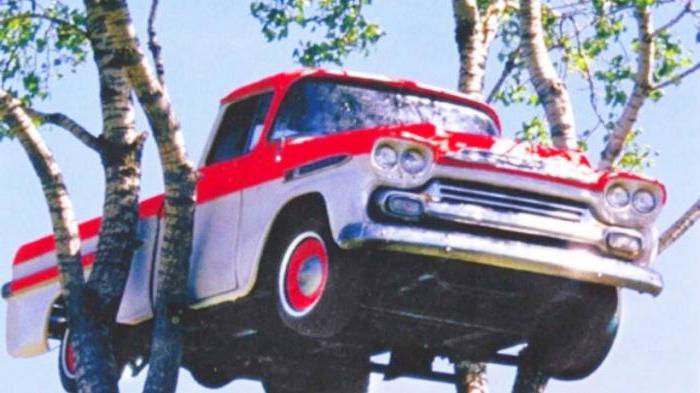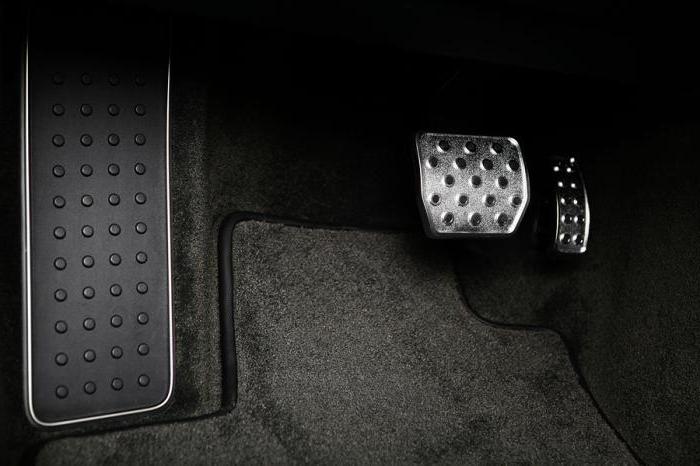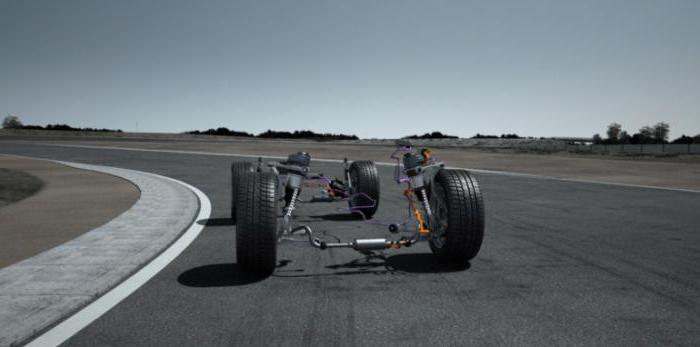Any transport, from a motorcycle to a truck, is a means of increased danger. The driver must know about all the requirements before driving Traffic regulations (hereinafter referred to as the Rules), and follow each item specified in them. This includes the requirement for driver knowledge of which vehicle malfunctions affect driving safety. In addition to knowledge, the driver, of course, must be able to detect them in a timely manner.

Vehicle check before departure
If the wheel is not screwed in properly, it may create emergency situations. It even happens that it falls off on the road! Of course, this should never be allowed. And this duty lies entirely with the driver. In the event of a traffic accident, in this case, he cannot refer to some circumstances (for example, that the car mechanic did not tighten the wheel well). Responsibility here is entirely on the driver.
Therefore, he needs to check his vehicle every time before leaving. In addition, the driver must feel and react in time, noting that something is wrong with the car.
Faults, according to the Rules, are of two types:
- those in which the operation of vehicles is prohibited;
- those with which further movement is generally prohibited.
No vehicle driving

Faults in which the operation of vehicles is prohibited should be known to any driver. There are few of them. Consider them briefly.
Firstly, it concerns problems with the brake system. As in this case, and in case of malfunctions in the steering, it is impossible to drive a car at all. The only thing you can do is call a tow truck.
Secondly, if the car is operated with a trailer, then with a malfunction of the coupling device, driving anywhere with a trailer is prohibited. After all, if on the move it comes off, then the consequences for other participants in the movement can be tragic.
It is forbidden to drive a car even with such seemingly minor malfunctions as non-working headlights and taillights. It is one thing when riding takes place in daylight and in clear weather. Then get to the car repair shop is not difficult. However, if the problem was discovered at night, you should remove the car from the road and wait until dawn arrives.

The list of malfunctions in which driving is prohibited includes idle wipers. In rainy weather or when snow falls, the driver simply will not see anything. Therefore, in accordance with the Rules, he must stop moving for the period of precipitation and continue it only when the weather improves.
Faults in which the operation of vehicles is prohibited
In this case, you can’t drive a car for any business. However, it is permissible to drive home or to a car repair shop if a malfunction is detected on the road. But precautions must be taken. There are malfunctions that affect safety, but there are those that do not affect it.
Faults Affecting Security
Think about whether it is possible to drive a car if, for example, it does not have a sound signal? To answer this question, it’s enough to imagine a case when you prevent accidents with the help of an audio signal.Everything happens in a split second. And if the honking does not work, then tragedy may happen.
Well, when you can not adjust the driver's seat? This is not just inconvenient. Riding in this position is also dangerous.
Of course, driving difficulties are created if the speedometer stops working or the heater does not act on the rear window. Although in the latter case, this function may not be needed in warm and clear weather. But precipitation can cause problems. The proper operation of the wipers, the presence of fluid in the washer reservoir - all this, of course, also affects safety when driving in certain weather conditions.
Of great importance is everything related to providing a full view for the driver. Therefore, do not install additional items in places where it may be restricted.
Naturally, the malfunctioning prohibiting the operation of the car also includes an idle gas tank plug. If a cloud of gasoline soars above its throat, it will create an exceptional danger when the vehicle is running.
We figured it out. And what kind of faults relate to those that do not affect safety?
Malfunctions that do not affect safety
Similar defects in the car can be many. For example, the power window suddenly stopped working. Of course, if the window remains open, and the weather outside is not sugar at all, this will have an effect on driving safety. But according to the Rules, however, it is believed that this breakdown will bring only slight discomfort. Those who are going to take driving exams should just remember this fact, not hoping in this case for logic.
However, with a limited ability of the motor to work (not at full power) or too high fuel consumption, it is not necessary to say that such a vehicle malfunction affects safety.
So, the nature of breakdowns that do not affect driving safety is now understandable. Let us return to those situations when it is not allowed to drive a car, and consider them in more detail.
Brake system
Malfunctions in which the operation of vehicles is prohibited includes this breakdown. If the system works poorly, the most serious danger is created, which can lead to serious consequences. Its effectiveness is calculated through the length of the braking distance. To this end, tests are carried out on a dry, flat and clean road.

Failures in the braking system will become apparent if, during braking, the vehicle deviates from a straight line on the road. These include brake fluid leakage and leakage in the system.
Failures of the brake system will also be detected if the car cannot stand motionless on the rise with a slope of up to 23% without load and up to 16% with full load.
Steering
In this mechanism, all elements must be firmly fixed. It is not allowed to move parts that are not provided for by the vehicle design. Steering malfunctions can be discussed when the total play for cargo transportation is above ten percent.
Light fixtures

These elements become extremely important in the dark, as well as in conditions of poor visibility. External lights illuminate the road, and the cornering relay warns of maneuvers. Their number, location on the vehicle, type and mode of operation must be established in strict accordance with the requirements of the vehicle design. They should also be well adjusted and clean. Red lights are prohibited in front and white in the back, as this will be mislead drivers of other vehicles.
Washers and glass cleaners
If the wiper is inoperative on the driver’s side, driving is not permitted during rainfall.The design of the vehicle provides for the work of janitors in certain modes, each of which must function properly. Washer operation is also important. Thus, good transparency of the windows should be ensured on the driver's side.
Engine
The motor, as you know, is the "heart" of the car. Its work is ensured by the correct operation, adjustment and regular maintenance. Engine malfunctions can be due to a leaking power system or a faulty exhaust system.
In addition, the emission of harmful substances into the atmosphere, according to the Rules, should not exceed the established standards. Engine malfunctions in this case can be caused by severe wear of parts of the crankshaft, poor adjustment of the valves, carburetor or improper installation of the ignition.
Tires and wheels
The quality and safety of the ride is largely dependent on the condition of the wheels. All their bolts must be firmly attached. The wheels should have a pressure balanced and recommended by the manufacturer, as well as a regulated camber.

The size of the tires must also comply with the parameters set for the model. For tires on a passenger car, a drawing depth of at least 1.6 millimeters is acceptable, and on motorcycles - 0.8 millimeters. It is known that the more worn out the tread pattern, the worse the grip becomes, which leads to a greater braking distance and drifts.
Of course, the tires should not have any cuts, tears, delamination of the tread and other things.
Other items
In addition to the malfunction of the steering, brake system and other named breakdowns, there are other elements without which the safety of driving may be at risk.
There should be no cracks on the glass; they should all be intact. To the extent permitted by GOST, the use of tinted glasses is permitted. You can install blinds or curtains on the rear window, provided that there are rear-view mirrors on one side and the other. They must provide excellent visibility to the driver.
Other elements affecting safety must also be serviceable (see above for malfunctions in which the operation of vehicles is prohibited).
Motorcycles must be equipped with safety bars that can reduce bodily harm to the driver and passenger.
In the car, all seat belts must be in working condition, without tears, in order to protect drivers and passengers from an accident from injuries.

A first aid kit is provided in the car for first aid, a fire extinguisher is used to extinguish fires, and an emergency stop sign is used to warn drivers.
The registration mark must be well read, clean and meet all the requirements of the standard.
Additional elements that are not provided for by the original design, on the brake system, steering, other units, cornering relays and other lighting devices must be agreed with the manufacturer or an authorized organization. Otherwise, the operation of the vehicle is prohibited.








